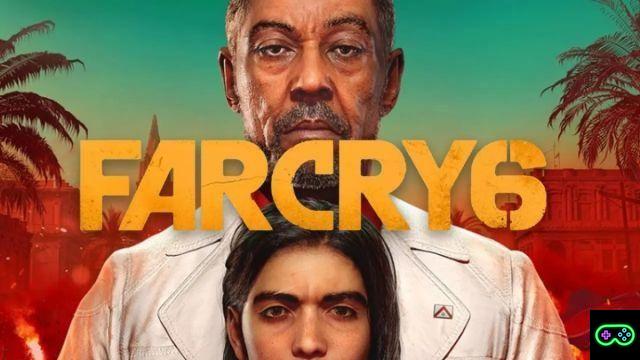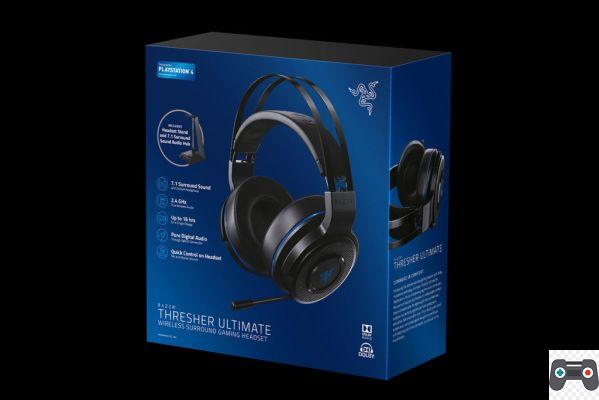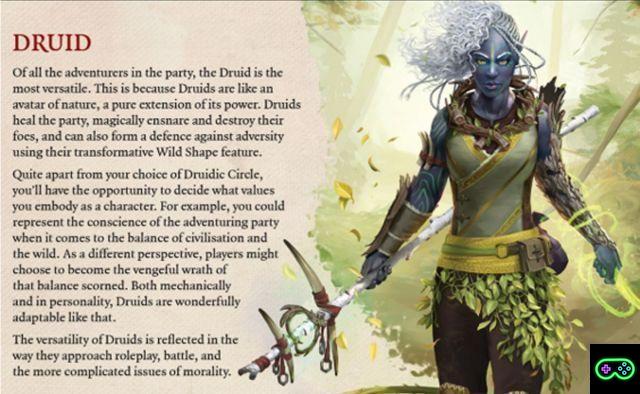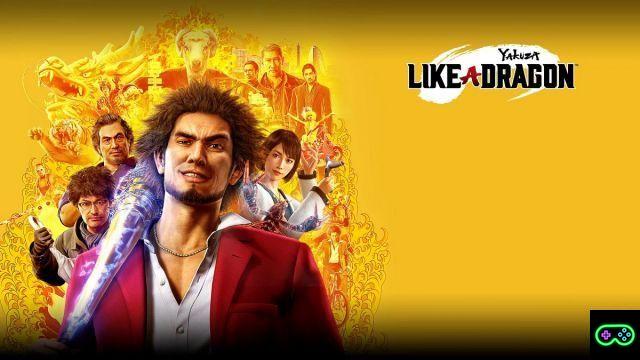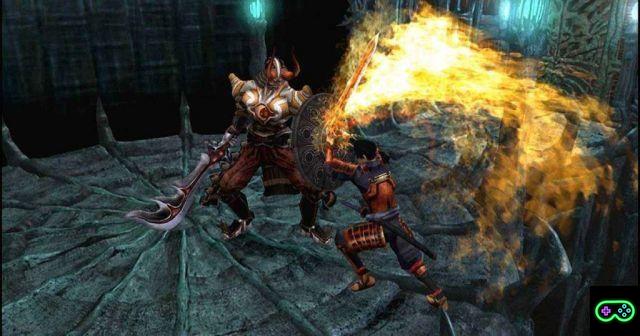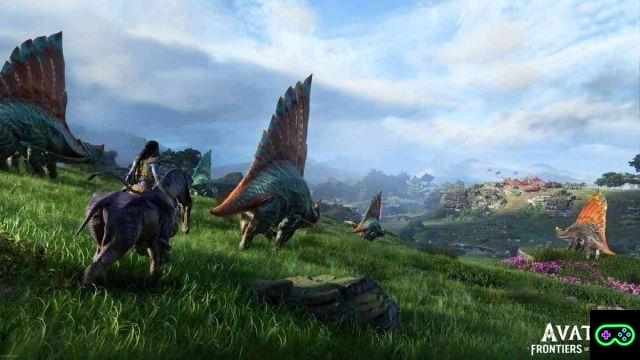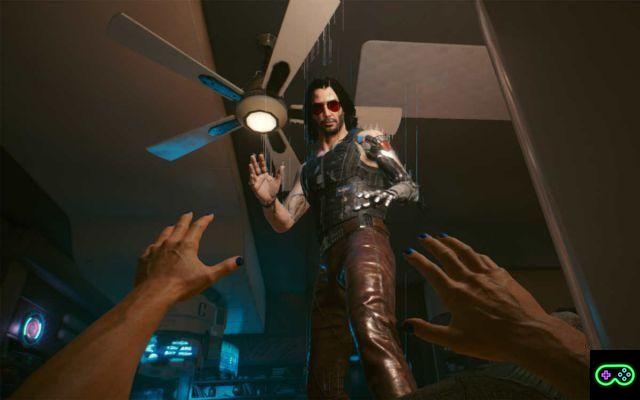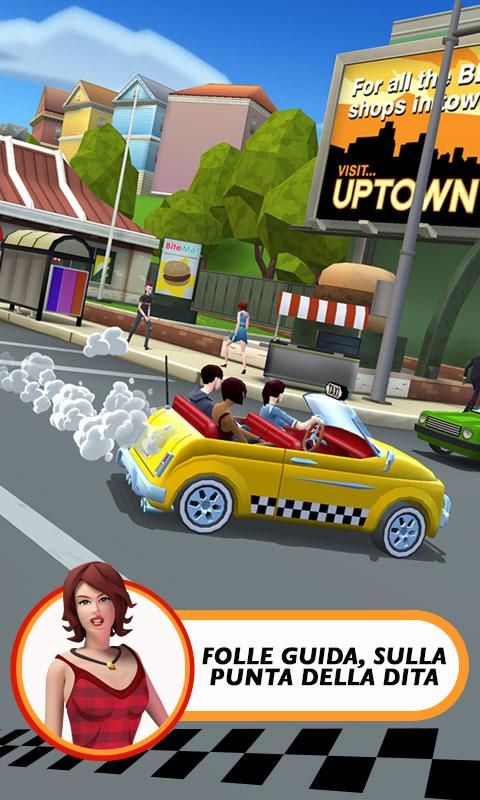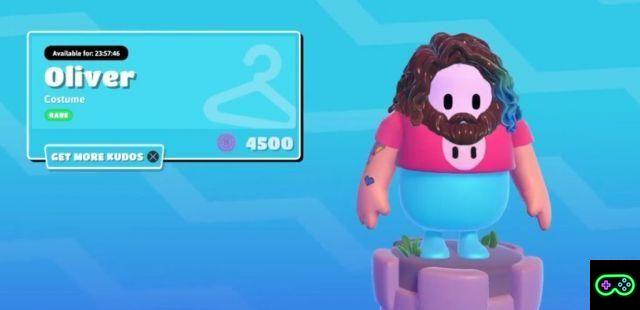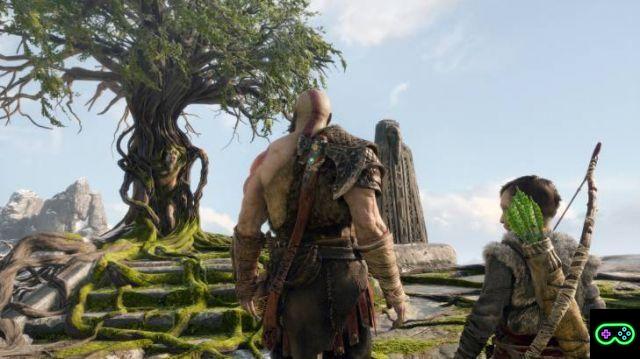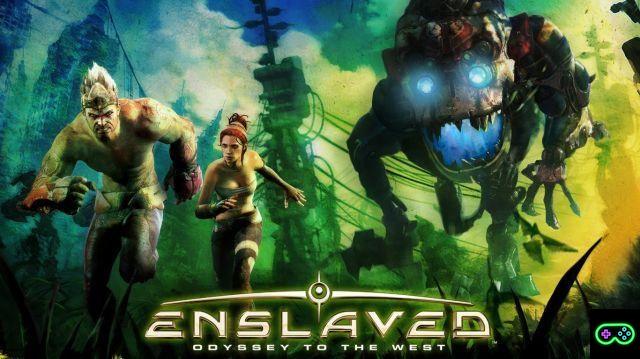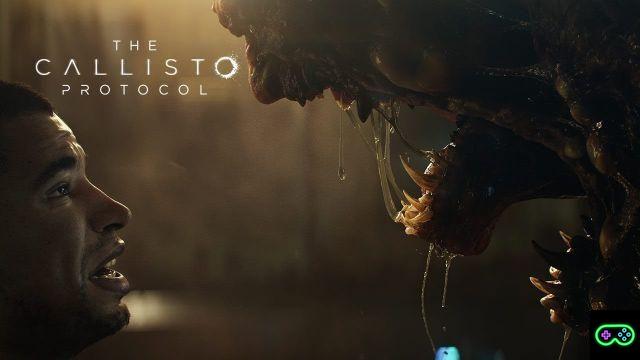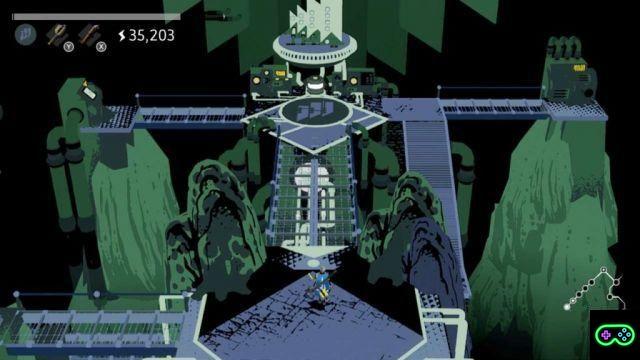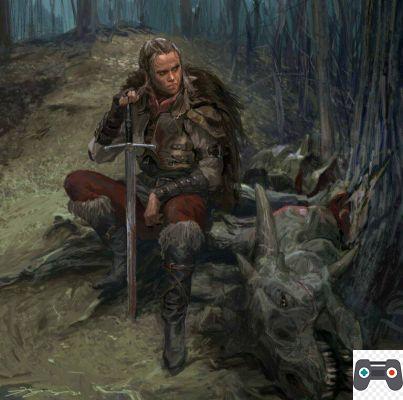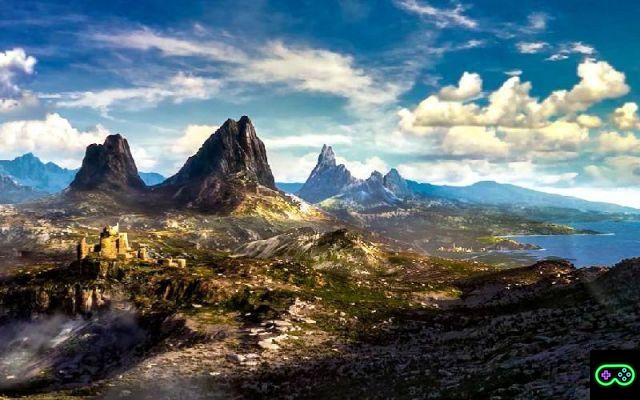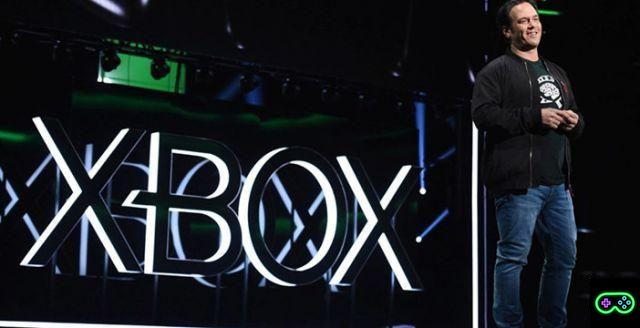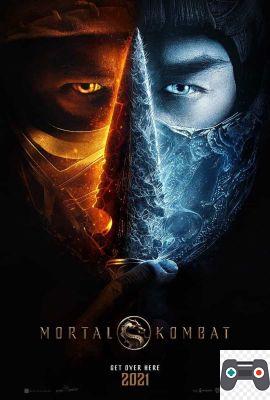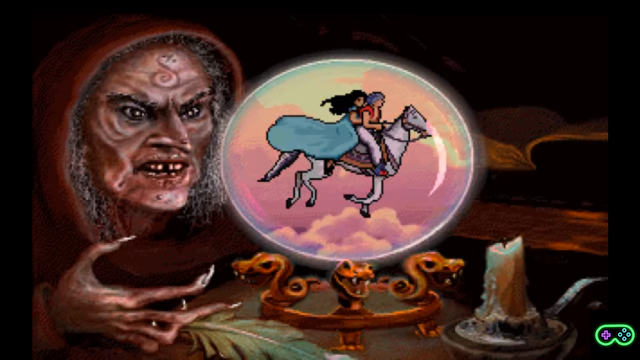Since its release in July 2020 Ghost of Tsushima (here our review) proved to be a masterpiece, acclaimed by the public and international critics. With 65 premium GOTY and over 6.5 million copies sold, the title developed by Sucker Punch offered a faithful and immersive Open World representation of Feudal Japan that literally made it IL game of the year.
On the wave of success the development team developed and released the long awaited one this August 20th Director's Cut - which, in reality, takes only the name from the Director's Cut - for PlayStation 5, full of graphic improvements and details that improve the gaming experience and add a new playable area: Iki Island.
For someone who is considered a warrior, annihilation of the enemy must be the only concern during combat. Repress any emotion or compassion. Kill anyone who stands in your way, even if it is God, or Buddha himself. This is the heart of the art of fighting.
Hattori hanzoDeny your belief
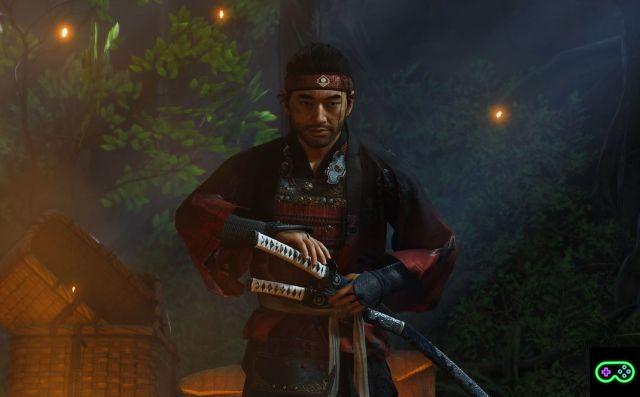
Ghost of Tsushima is set in Feudal Japan, against the backdrop of a real historical event: the invasion of Tsushima Island by the Mongolian armies led by Kublai Khan (nephew of the most famous Genghis) which took place in 1274 and sees as protagonist Lord Jin Sakai, the last of the Samurai who survived the first, terrible Mongol attack. During the adventure, Jin will have to slowly regain control of the island and chase away the enemy armies. Even at the cost of losing himself.
Being a Samurai means adopting a lifestyle that is based on essential dogmas such as courage, honor, respect for the enemy. Ideals found in what will later be called via del Guerriero (or Bushido).
A true Lord must openly challenge an enemy in combat and look him in the eye when the time comes to finish him off and - unfortunately - this vision of Loyalty applied to the world is useless against Mongolian armies who have no problem using tactics that any Samurai would consider " not very honorable ”to win a fight.
Jin is so in the balance: die following his creed or try to take back his homeland by bending it or even denying it.
Courage
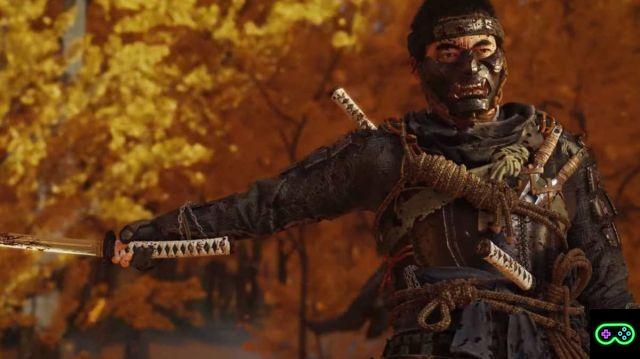
Courage: the first dogma of the Samurai code. This is the one demonstrated by Sucker Punch who, despite the great success of the PS4 version of the title, has decided to get back into the game by releasing this Director's Cut including graphic improvements, Iki Island DLC and tricks for PlayStation 5 gaming peripherals.
First of all, the support for the 4K graphics and a Frame Rate of 60 fps: crossing Tsushima on horseback and challenging the Mongols to a duel now has a whole other meaning. Following the blows - which reach a very high level of fluidity - is a pleasure for the eyes, the colors and the general tone of the game world are greatly improved and you have that feeling of full immersion that, on a good TV, makes you believe. to actually come face to face with an enemy soldier or pay homage in a Shrine.
Very welcome, and in a certain sense also brilliant, the additions on the "hardware" side. The haptic feedback DualSense with Ghost of Tsushima is something I wish everyone to experience! From the pebbles that splash away under the horse's legs when crossing rough terrain, to the feel of the metal of the Katana rubbing against its case when you take it out and put it away, passing through the resistance opposed by the adaptive triggers when using an accessory such as the grappling hook. Pair it all with Pulse headphones - or a pair of headphones that support 3D Audio - and you are literally immersed in the action.
An extra point in favor of Sucker Punch must also be assigned for the new options of accessibility: the lock-on feature on enemies has finally been introduced - honestly: useful as long as you find yourself in 3 vs 1 conditions, because with a higher number of enemies the action is not very enjoyable and you risk taking unexpected blows left and right - as well as one left-handed mode which reverses the commands, offering the possibility to set the DualSense to "mirror": movement with right analog stick instead of left, basic attack with right directional arrow rather than with the square function key and so on. It's not a lot, but I'm sure left-handers will appreciate it.
And for purists of Japanese culture this Director's Cut also offers the possibility of synchronizing the Japanese audio with the lips of the characters, thanks to the real-time rendering of all - and I mean all - the cutscenes.
Honor
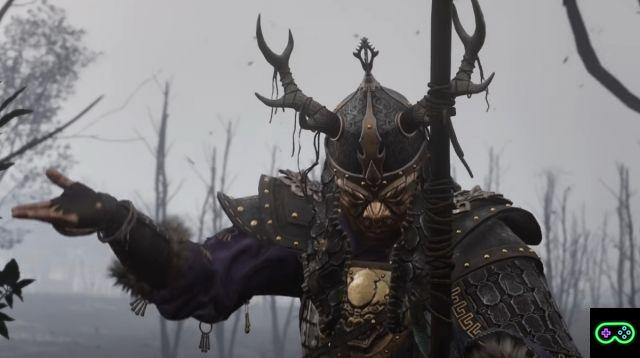
The main reason to play Ghost Of Tsushima Director's Cut is definitely the Iki Island expansion DLC which, not only offers a new Island to explore, but also two new Mythical Tales, new sanctuaries and archery challenges.
Oh, I almost forgot: it is possible to play the flute for Cats, Deer and Monkeys. I repeat: you can entertain the Monkeys by playing the flute!
On a narrative level, of course, the new Island of Iki brings with it a "touching" story that sheds light on the past of the protagonist Jin and his family, and which causes many headaches to the players.
The only requirement to reach the island of Iki is to have reached Act 2 of the main campaign of the game and gained access to the Toyotama region. Once this is done, all Samurai will be notified of the presence of a new story available in the Diary: "Iki's stories“, Which will start the adventure on the islet located south-east of Tsushima.
On the island of Iki Jin will face a new threat represented by Ankhsar Khatun, L'Aquila, a Mongolian Shaman who threatens to attack Tsushima and prefers to use poisons and potions rather than just brute force, and who will play with the psyche of our protagonist.
In addition to this, the past returns to grip the samurai: Iki Island was the scene of heinous actions carried out by Lord Sakai, Jin's father, as well as the place of his death.
The Sucker Punch team has shown that they don't want to skimp on psychological characterization by Jin. The experience to be lived on Iki is in some ways lived as a Thriller within an Open World; the player has the task of exploring - with the (in) direct help of the Eagle - the meanders of the protagonist's mind, forced to deal with his past in order to be able to save the present.
The only sore point of this DLC is represented by the elimination of our fame of the spectrum: you will have to start all over again to build that aura of legend that hovers around Jin during the main campaign of Ghost of Tsushima, even if skills and techniques already acquired will remain available to "facilitate" some clashes with the followers of Ankhsar Khatun. But, and it's a great but, it takes second place in the presence of the real gameplay novelty: the presence of a new group of enemies - the shamans - who with their hatred can empower the Mongol warriors making them more aggressive - and this thing , trust me, it leads to truly spectacular clashes full of study phases and a succession of saves, dodges and lunges with the right timing - and the ability to Charge on horseback. On the island of Iki you won't feel really powerful until you've loaded a crowd of Mongols onto your war steed. Then you will be satisfied!
The narration of the story goes smoothly, with a couple of twists, but without making a miracle cry. I repeat, the adventure on the island of Iki must be approached as a journey into Jin's psyche. And in that I can only praise the Sucker Punch team.
Respect (and final judgment)
Respect for what the game was on PlayStation 4: Sucker Punch took everything good - more than good indeed - was done with the first edition of Ghost of Tsushima and brought it back to Next-Gen with the right dose of tricks and improvements. Taking full advantage of the PlayStation 5 hardware, DualSense and 3D Audio, the player is given the opportunity to fully immerse themselves in feudal Japan and clash with the Mongol invaders led by Kublai Khan and Ankhsar Khatun.
The islands of Tsushima and Iki, represented with Carthusian perfection, the lore - to use a term very dear to those who play the role - of the Samurai and the excursus through the past of the Sakai Clan made my trip unforgettable.
We were presented with a three-dimensional hero, who was able to expose his feelings and fears to face a path that has changed not only Jin Sakai, but in a certain sense also me.
Mea culpa not having played this masterpiece on PS4 before. Fortunately, some trains run twice.




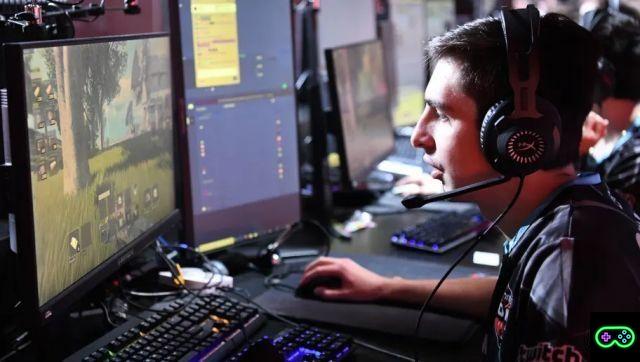
![[The Bear's Lair] God of War: Betrayal and Greek mythology](/images/posts/17432d3b12ecfec44b0b855d20c7520f-0.jpg)
